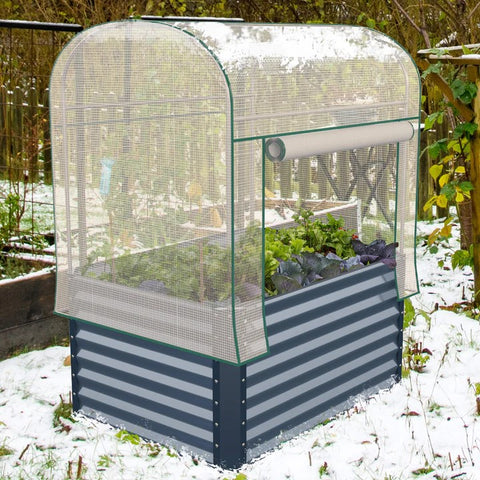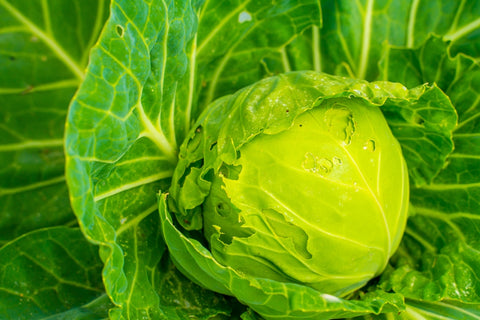Gardening is a rewarding and therapeutic endeavor, but it comes with its fair share of challenges. One of the most common hurdles for gardeners is dealing with pests and diseases that can wreak havoc on plants. In this article, we'll explore some common garden pests and diseases and offer practical tips on how to manage and prevent them.The following content also has some reference value for raised garden beds.
Identifying the Culprits:
Before you can effectively combat pests and diseases, it's crucial to identify them correctly. Keep a close eye on your plants, inspecting them regularly for any signs of trouble. Common pests include aphids, snails, slugs, and caterpillars, while diseases like powdery mildew, blight, and rust are also prevalent.
Natural Predators and Beneficial Insects:
Nature often provides its own solutions.In your garden, promote the presence of helpful insects and natural predators.. Ladybugs, lacewings, and predatory beetles are excellent allies in controlling aphids and other small pests. Introducing nematodes can help combat soil-dwelling insects, while birds like robins and sparrows are natural insect hunters.
Companion Planting:
The practice of companion planting is arranging mutually beneficial plants in close proximity to one another. For example, planting marigolds can deter nematodes, and basil can help protect tomatoes from certain pests. Research companion planting options for your specific crops to create a more harmonious and resilient garden ecosystem.
Proper Watering and Soil Health:
Maintaining proper watering practices is essential in preventing certain diseases. Overhead watering can contribute to fungal issues, so consider using drip irrigation or a soaker hose. Additionally, ensuring the health of your soil through proper fertilization and mulching can make plants more resistant to diseases.
Organic Pest Control:
Opt for organic pest control methods to minimize the impact on the environment and beneficial insects. Neem oil, insecticidal soap, and diatomaceous earth are effective options for controlling pests without resorting to harmful chemicals. These solutions disrupt the pests' life cycle without harming your plants.
Crop Rotation:
Rotate your crops each season to help break the life cycle of pests and diseases. Different plants attract different pests, so by changing the location of your crops, you reduce the likelihood of recurring problems. This practice also helps maintain soil fertility and balance.
Early Detection and Treatment:
Act swiftly if you notice any signs of pests or diseases. Remove affected leaves or plants promptly, and dispose of them away from the garden to prevent further spread. Early intervention can save your plants and stop the problem from escalating.
Regular Pruning:
Pruning is not only essential for shaping and promoting healthy growth but also for removing diseased or infested plant parts. Proper air circulation through well-pruned plants can reduce the risk of fungal diseases.
Conclusion:
Creating a thriving garden requires dedication, observation, and a proactive approach to pest and disease management. By incorporating these tips into your gardening routine, you'll be better equipped to maintain a healthy and vibrant garden. Remember, a resilient garden is not only about combating challenges but also about fostering a balanced and sustainable ecosystem within your green haven. Happy gardening!









